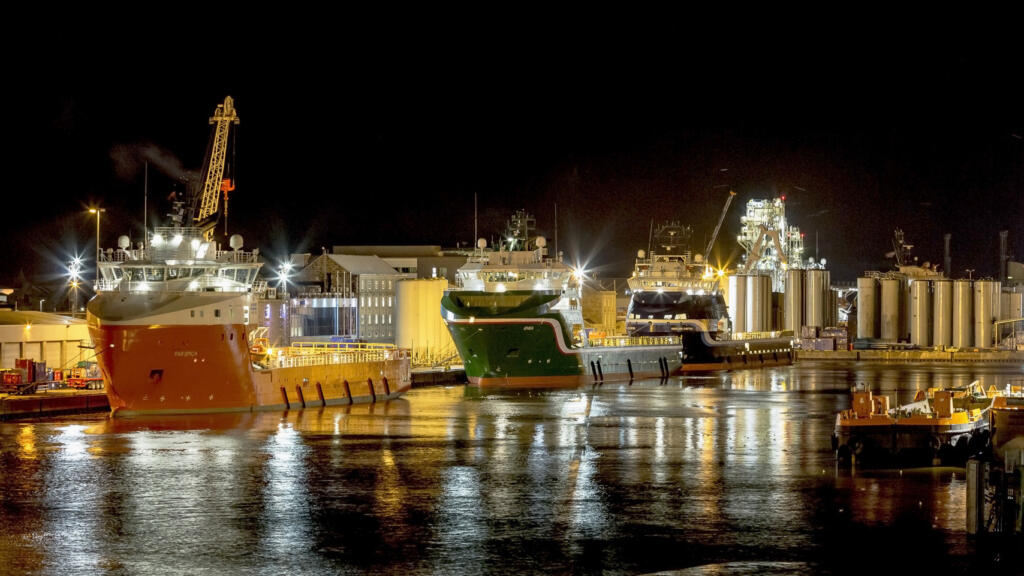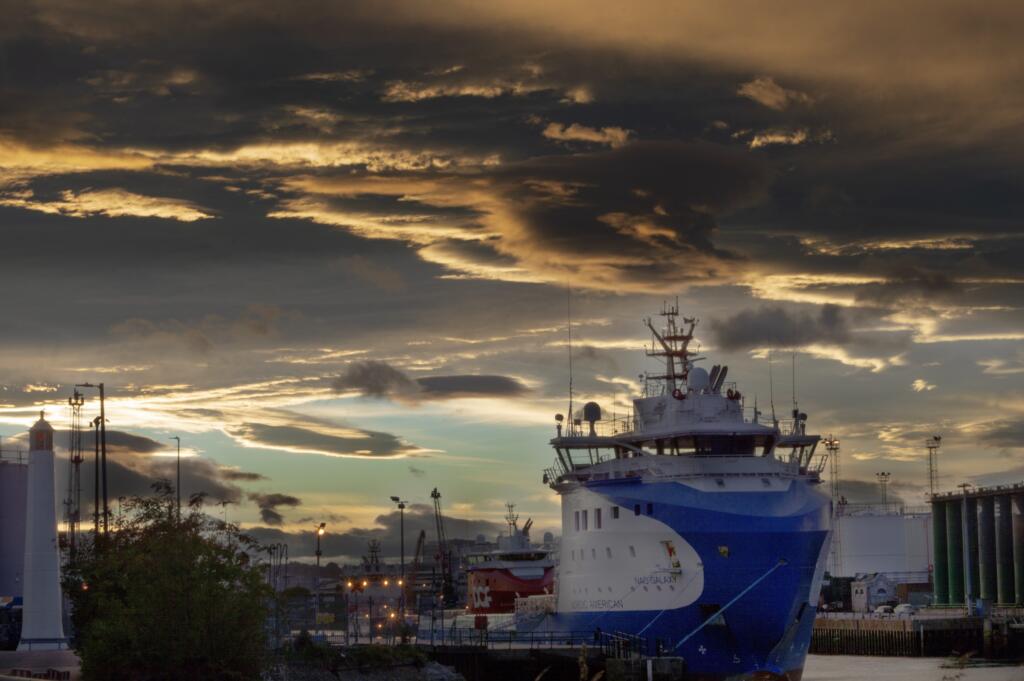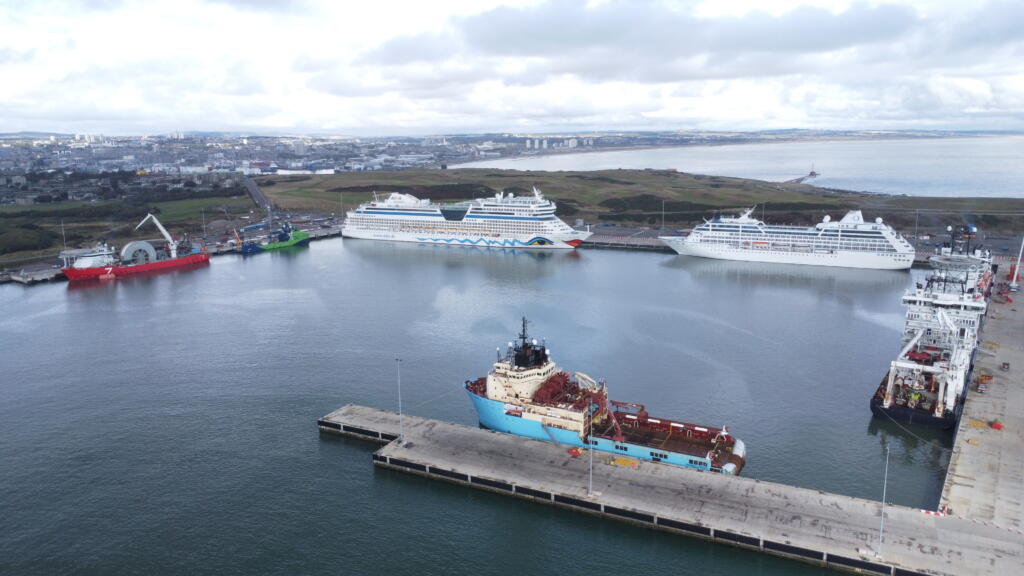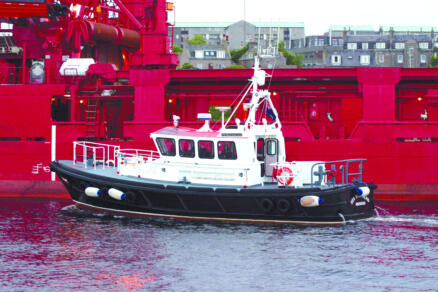
A transition losing its energy

Bob Sanguinetti DL, CEO, Port of Aberdeen
Scotland’s ports have powered the economy for centuries.
They were fundamental in the advent of oil and gas in the 1970s and in the industry’s growth into an economic powerhouse.
Today, from Aberdeen to Ardersier, ports are investing heavily in infrastructure for energy transition, particularly major offshore wind projects from the ScotWind licensing round.
But that transition is stalling, and a dangerous gap is already opening up.
Oil and gas activity is rapidly declining, and offshore wind projects continue to drift. The impact of policy uncertainty, fiscal decisions, and consenting delays are already being felt across the economy.
“At Port of Aberdeen, a bellwether for the North Sea oil and gas industry, the numbers speak for themselves.”
Oil and gas activity is down 10% so far in 2025, and a staggering 25% in the summer months where activity offshore typically peaks with projects and maintenance. Fewer vessels means less supplies and equipment heading offshore and less work for the region’s expert supply chain.
Offshore wind is already part of the mix but varies from port to port. Aberdeen is the operations and maintenance base for two wind farms, supports project activity for developments across Scottish waters, and handles around 700 offshore wind vessels every year. But that brings in just 1% of our revenue today, while oil and gas generates more than 60%.
Ports must invest years in advance to have the right quayside, laydown areas, and heavy-lift infrastructure for major wind projects. I’ve been CEO for four years now and the ScotWind projects were announced shortly after I joined. While we continue to have positive discussions with developers, it’s fair to say that requirements and project timelines remain unclear.
Should ports gamble hundreds of millions on “best guess” infrastructure in the hope of winning work? Or wait until final investment decisions, by which time it may be too late?
In Aberdeen, we’re fortunate that our predecessors had the vision for Aberdeen South Harbour. Our £420 million investment will allow us to grow in new sectors such as cargo and cruise and it’s clear that renewables is the biggest economic opportunity in a generation. Frustratingly, offshore wind at scale remains a distant prospect for the region.

Oil and gas jobs are disappearing at a rate of almost 1,000 a month, according to Offshore Energies UK, and new opportunities in renewables aren’t materialising quickly enough.
Supporting existing energy business is the most likely way of accelerating the transition, drawing on the expertise and project management skills to deliver the vast scale of potential developments in renewables.
Our ask is clear and urgent. Government must create a stable, supportive environment for our world-leading homegrown oil and gas sector and work with industry to accelerate the deployment of offshore wind.
We risk being stranded between two energy eras, losing the people and skills needed to power energy transition, and the opportunity will sail past our shores.




